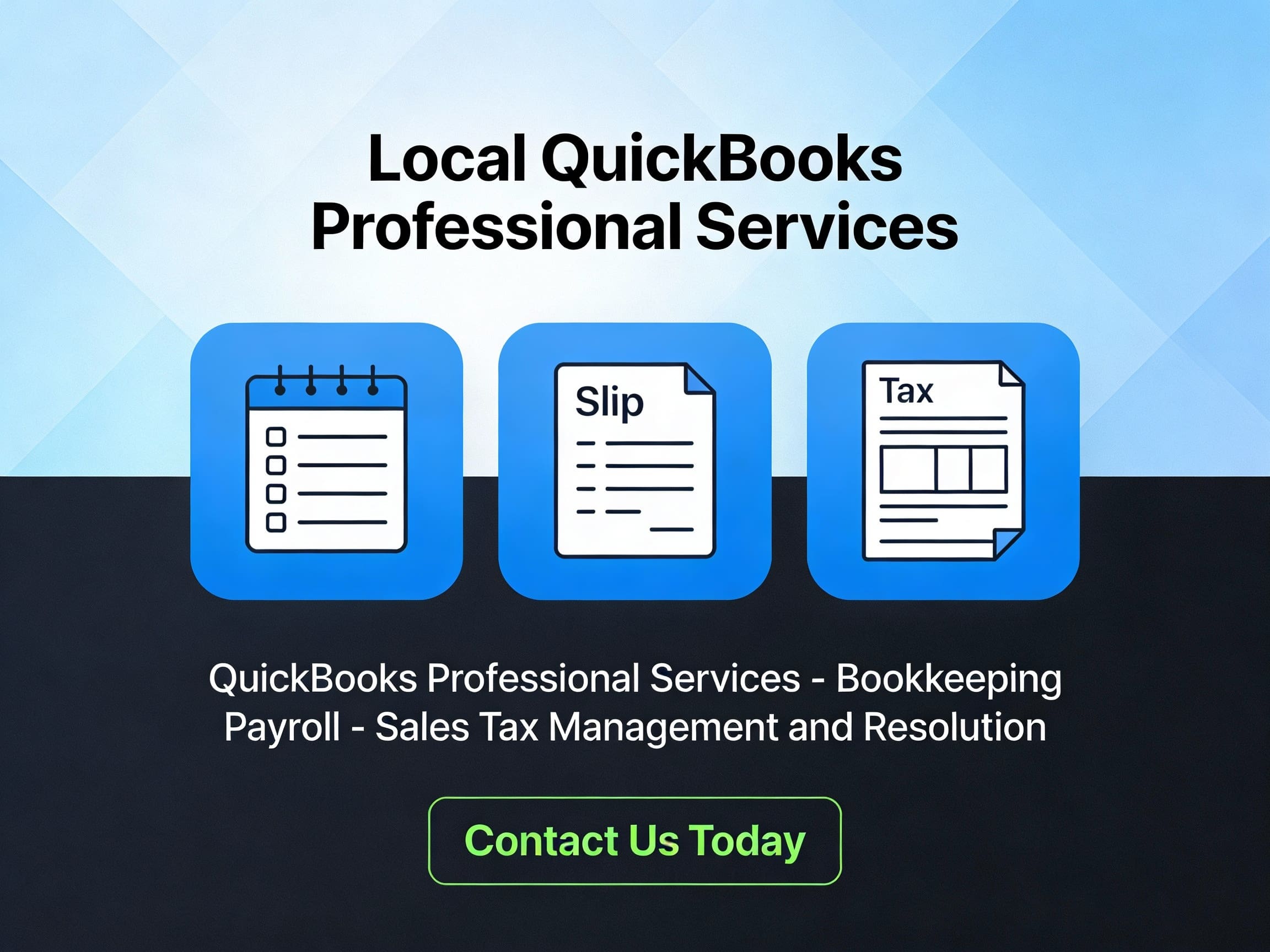Strategies for Small Businesses to Boost Sales During an Economic Slowdown
ST. LOUIS, MO (STL.News) Small Businesses — As economic headwinds ripple across the U.S., small businesses are feeling the pressure. Inflation, rising interest rates, cautious consumer spending, and global uncertainty are tightening wallets and straining bottom lines. In times like these, small business owners can’t afford to wait for the economy to bounce back. Instead, they must adapt, innovate, and act decisively to maintain and grow sales.
This article examines practical, actionable strategies that small businesses can implement immediately to boost revenue during an economic downturn—without incurring significant expenses.
Understanding the Current Economic Climate
Economic slowdowns are cyclical, but each one brings unique challenges. In 2025, businesses are dealing with:
- Shrinking consumer confidence
- Higher operating costs
- Supply chain volatility
- Shifting demand patterns
- Increased competition for fewer dollars
In such conditions, it’s not always the biggest companies that survive—it’s the most adaptable. Small businesses, often more agile than large corporations, have an opportunity to reposition themselves, strengthen customer relationships, and differentiate themselves from competitors.
1. Small Businesses Should Double Down on Existing Customers
One of the biggest mistakes during a slowdown is focusing solely on acquiring new customers while neglecting existing ones. Your existing customer base is your most valuable asset.
Strategies:
- Offer exclusive loyalty rewards or referral bonuses.
- Launch targeted email and SMS marketing campaigns with personalized offers.
- Check in with regular customers and ask for feedback—it builds trust and may reveal unmet needs you can fulfill.
Why it works: Retaining a customer is far cheaper than acquiring a new one, and loyal customers are more likely to spend even during lean times.
2. Small Businesses Should Improve Digital Visibility with SEO and Social Media
A strong online presence is no longer optional. During economic downturns, more consumers turn to the internet to search for the best value. That’s where Search Engine Optimization (SEO) comes in.
Tips:
- Make sure your website is mobile-friendly, fast, and optimized for relevant keywords.
- Claim and optimize your Google Business Profile—a must for local search visibility.
- Post regularly on social media and engage with followers. Don’t just sell—tell your story.
Bonus Tip: Write blog content that answers common customer questions. It builds trust and boosts SEO rankings, driving organic traffic to your site.
3. Small Businesses Offer Bundles, Discounts, and Limited-Time Promotions
When money is tight, customers look for value. Bundling products or services is a smart way to increase average transaction size while offering a better deal.
Ideas:
- Bundle related products or services together at a slight discount.
- Create “value packs” or limited-time offers to drive a sense of urgency.
- Introduce a subscription model for recurring revenue.
Caution: Avoid slashing prices across the board. Focus on perceived value, not just price.
4. Small Businesses Should Adjust Pricing and Payment Options Strategically
Not every customer can pay upfront or afford premium pricing in a slow economy. Offer flexibility where it makes sense.
Solutions:
- Add a “pay later” option through third-party services like Afterpay or Klarna.
- Introduce budget-friendly pricing tiers that don’t compromise quality.
- Use “shrinkflation” tactfully—reduce product quantity slightly while maintaining price to protect margins.
Transparency is key. Customers will respect honest communication over hidden price hikes.
5. Small Businesses Should Build Local Partnerships and Collaborations
Collaborate with other local businesses to expand your reach and foster stronger community ties.
Examples:
- A bakery and a coffee shop can co-promote a breakfast bundle.
- A fitness studio and a wellness brand can co-host health-focused events.
- Local service providers can offer joint packages (e.g., cleaning + landscaping).
Collaborations increase visibility, reduce marketing costs, and foster a shared sense of resilience within the business community.
6. Small Businesses Should Embrace Low-Cost, High-Impact Marketing
When budgets are tight, traditional advertising can become too costly. But that doesn’t mean you have to disappear.
Affordable tactics:
- Use customer testimonials and user-generated content in marketing.
- Post behind-the-scenes videos or educational content on Instagram Reels or TikTok.
- Leverage email newsletters for direct, no-cost communication with leads and past customers.
Pro Tip: Consistency trumps complexity. You don’t need a huge production—just regular, value-driven content.
7. Small Businesses Should Upskill Your Sales Team and Yourself
An economic downturn is an ideal time to refine your team’s sales strategies.
Train staff to:
- Upsell and cross-sell without being pushy.
- Ask open-ended questions to gain a deeper understanding of customer needs.
- Build long-term relationships, not just transactions.
If you’re a solopreneur, consider investing time in online courses or coaching to refine your sales and marketing skills.
8. Small Businesses Should Streamline Operations and Reduce Waste
Sales growth during a slowdown isn’t only about bringing in more revenue—it’s also about improving margins.
Operational improvements:
- Audit your subscriptions, vendors, and recurring expenses.
- Automate repetitive tasks using affordable software (invoicing, scheduling, CRM).
- Negotiate better terms with suppliers.
The money you save can be reinvested into sales-generating activities.
9. Small Businesses Should Add New Revenue Streams
Flexibility can be a competitive edge. Consider adjacent services or products that you can add with minimal cost.
Examples:
- A restaurant could sell branded sauces or host online cooking classes.
- A beauty salon could offer virtual consultations or sell products through an e-commerce store.
- A service provider might offer digital downloads or eBooks.
Diversifying income reduces reliance on a single revenue source and opens up opportunities in new markets.
10. Small Businesses Should Tell a Compelling Brand Story
In tough times, customers gravitate toward businesses that stand for something. Be transparent, authentic, and human.
Ways to connect:
- Share your business’s origin story and values on your website and social media.
- Feature your team members and community involvement.
- Explain how you’re adapting to the current economic climate to serve customers better.
A strong emotional connection can be a deciding factor when customers choose where to spend their limited dollars.
Final Thought: Be Proactive, Not Reactive
Economic slowdowns can be challenging, but they also present an opportunity to strengthen your business foundations. Small businesses that are resourceful, community-focused, and digitally savvy are better positioned to weather the storm—and even come out stronger on the other side.
Now is the time to adapt, connect, and innovate. Waiting for the economy to recover is not a strategy—action is.
STL.News encourages local small business owners to share their success stories and strategies. Please email us at Marty@STLMedia.Agency to be featured in an upcoming spotlight article.
© 2025 STL.News/St. Louis Media, LLC. All Rights Reserved. Content may not be republished or redistributed without express written approval. Portions or all of our content may have been created with the assistance of AI technologies, like Gemini or ChatGPT, and are reviewed by our human editorial team. For the latest news, head to STL.News.











